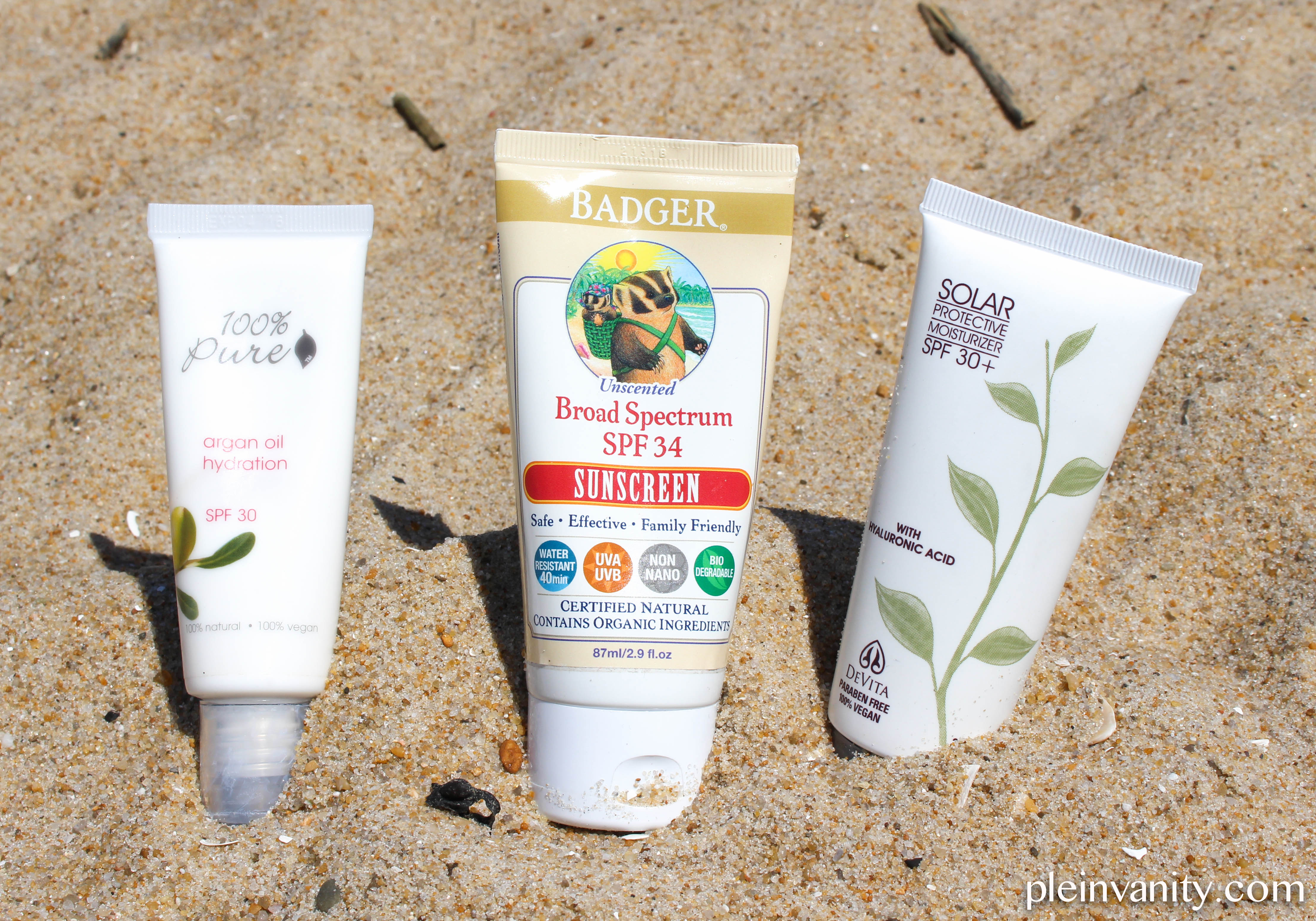Happy Friday! I’m going to be starting a series every Friday (or every other Friday, depending on my schedule) called, Au Natural Factual Fridays.
I’m excited to delve into this topic where I’ll highlight ingredients, additives, and chemicals prevalent in our food and personal care products (and ones that may be highly talked about) and why you should be familiar with them. I’ll give you basic facts and share tips. Let’s see how this goes!
Remember: everything we put in and on our bodies have potential risk for harm but it’s up to you to become educated and make your own choices when it comes to personal care and dietary habits. I’m just here to share information with you.
This Friday’s we’re talking about: Omega-3.
Omega-3 (or Omega-3 fatty acids) are a group of fatty acids that are usually discussed in terms of supplemental health.
Omega-3 fatty acids aren’t produced within the body so we obtain these nutrients through food and supplemental products as they have been proven to be essential to body development, basic bodily functions and overall good health.
Omega-3s are classified into 3 different types according to the sources they are derived from. They are: ALA (alpha-linolenic acid), EPA (eicosapentaenoic acid) and DHA (docosahexaenoic acid). ALA Omega-3s are often found in plant oils while EPA and DHA Omega-3s are both commonly found in marine oils. Examples of ALA Omega-3s you may be familiar with are: flaxseed oil, canola, soybean, and Echium oil. While EPA and DHA Omega-3s are found in fatty fish.
There are many health benefits that researchers have found regarding the intake of Omega-3s ranging from the reduction of heart disease, stroke, Cancer prevention and decreased risk of degenerative diseases. See this detailed list of tests performed by the Mayo Clinic showing proven and unproven benefits: http://tinylink.net/93574
Recently however, Omega-3s have made headlines as the Journal of the National Cancer Institute shared a study which found an increased risk of prostate cancer in men with high blood levels of omega-3s either through regular intake of fish oil supplements or eating cold water fish (eg. Alaskan salmon, mackeral, or sardine).
While the risks and benefits of Omega-3s are still being further researched and understood, it has been concluded that adding more Omega-3s (at your own risk) in our everyday consumption generally benefits your health.
With data showing low levels of Omega-3s among must individuals, specifically low among the average American, and because these are fatty acids our bodies cannot create, eating a source of Omega-3s is important but reliant on your actions. Try to add at least one source of omega-3 fatty acids in your everyday diet by consuming foods with Omega-3 rich ingredients such as walnuts, canola oil, soybean and more regular (but controlled) amounts of fish.
My new favorite breakfast cereal from Nature’s Path is a great source of ALA Omega-3s!
Do you eat foods with Omega-3s on a regular basis? Do you plan to include them in your diet and how? Any suggestions? Let me know!
Resources used (hover for links): The Mayo Clinic, The Health Journal, Harvard School of Public Health, Wikipedia






milex
your aesthetic is amazing.
Plein Vanity
Thank you! 🙂 thanks for stopping by!